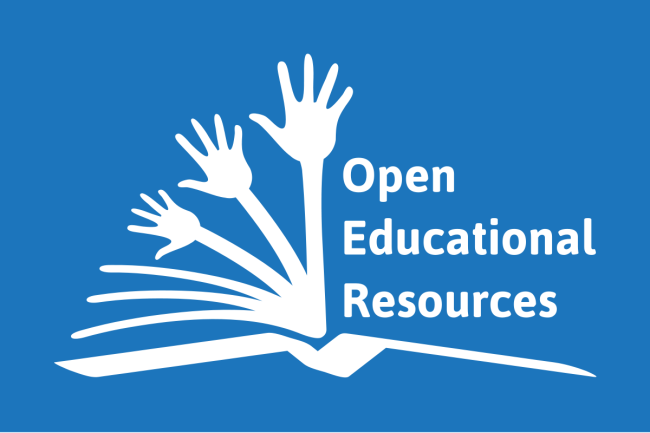You have /5 articles left.
Sign up for a free account or log in.

Wikimedia Commons
Open educational resources could enhance access and reduce instructional costs in higher education if they were more highly deployed. Given that OER use would broaden access and reduce costs, many administrators and boards would like to mandate their use, but I believe such a mandate abrogates the faculty role in determining the curriculum and in assuring educational quality.
The University of Idaho plans a new approach to incentivizing faculty use by focusing on department-level incentives and engaging our library and our teaching and learning center in motivating OER use.
Many faculty members and education leaders believe that the selection of a course textbook is solely the academic prerogative of the individual faculty member. For multisection courses at the undergraduate level, it is important to realize that, according to the American Association of University Professors' Redbook, choice rests at the department level.
This provides a new means of incentivizing textbook choice -- incentivizing departments offering large multisection courses to make a department-level choice to adopt OER. My institution, the University of Idaho, has struggled with OER adoption and plans to take this alternative course.
The value of OER and the problems limiting adoption are well documented by OER providers themselves, such as OpenStax, and by independent surveys, such as the recent work by Babson Survey Research Group. Only about 30 percent of the 3,000 surveyed faculty members were aware or very aware of OER resources. Many faculty members consider OER resources to be lower quality than commercial texts, though a majority of adopters find them of high enough quality.
Faculty members must also invest time in switching texts, and many OER resources do not provide the extensive ancillary materials often provided by commercial texts.
OER adoption can decrease cost and increase textbook availability. A conservative estimate of OER cost reduction is more than $500 per student; most undergraduates take five high-enrollment, multisection courses with an average textbook cost of $97. Even more importantly from a student success perspective, Babson estimates that 90 percent of undergraduates do not have a text on the first day of class and that many students (two-thirds) never purchase the required text due to cost, even though 90 percent of the students believe this may lead to poor course performance.
Lack of a text is associated with course failure and failure to retain students; textbook cost is therefore one additional factor associated with lack of success by students of lower means.
The University of Idaho tried to incentivize adoption of OER, with limited success. Our approach was similar to that advocated by the Babson survey and taken by many universities: working with individual faculty members by increasing awareness and providing support. The university provided support and coordination through the library, offering mini grants of up to $2,000 to faculty members who would adapt their courses to OER. The widest adoption was in our undergraduate economics course, in which 350 students used free materials, saving about $35,000 in total.
We propose a different motivation structure for OER adoption. Our plan is to give some of the estimated yearly savings from OER use to the department, our teaching and learning center, and our library (5 percent/2.5 percent/2.5 percent, respectively). As an example, if a biology course enrolls 1,000 students per year, and the typical text savings would be $100 per student, adoption might save students $100,000 per year.
Providing even 5 percent of the projected savings from OER adoption directly to the department as flexible money would be highly motivating to many departments; the teaching center and library are incentivized to support adoption and access. Although the savings from such a plan would accrue to the students, the retention of even one or two additional students due to better textbook usage by the students would, from an institutional perspective, pay for such an initiative. And, particularly for public universities, controlling cost, increasing access and enhancing success align with our mission.
The University of Idaho will restructure our OER adoption initiative, outlining the potential benefit and return to departments, focused only on large multisection courses. In fall 2019 we will assess adoption rates as well as satisfaction of students and faculty members with adopted OER resources.
We encourage other universities to consider similar approaches and would be interested in comparing results.



